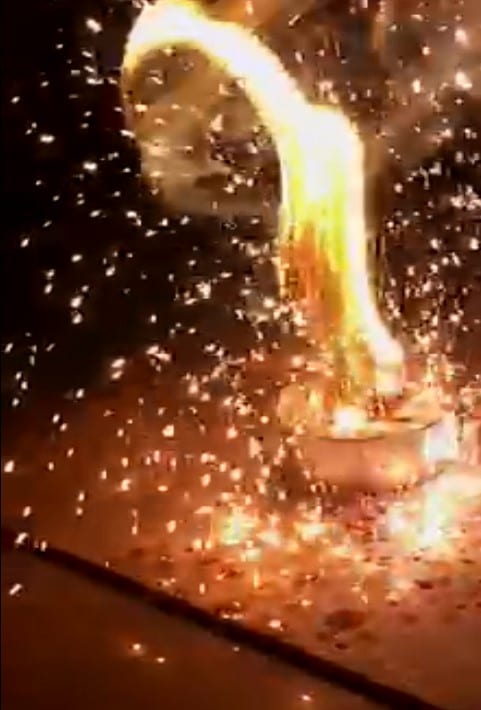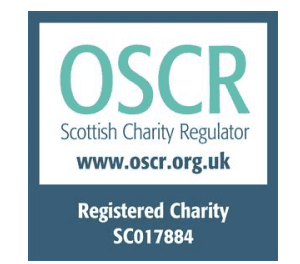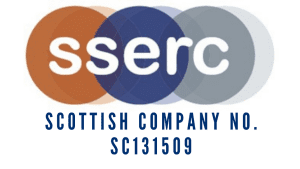
Photo by C.Lloyd at SSERC (Public Domain)
According to the CfE Experiences and Outcomes document:
Learners gradually develop an understanding of chemical changes. They consider processes which take place in the environment and in the laboratory, and develop their understanding of the environmental impact of some changes. They develop their understanding of energy changes in chemical reactions and some of the factors affecting the rates of reactions. Learners develop the use of chemical names, formulae and equations as a way of conveying information about chemical changes.
The three tabs below let you look at Level 4 SSERC chemistry activities to help teaching the three parts of this area.
SCN 4-18a
I can monitor the environment by collecting and analysing samples. I can interpret the results to inform others about levels of pollution and express a considered opinion on how science can help to protect our environment.
Water analysis – A range of experiments analysing the content of water, including phosphates which should be suitable for this sort of environmental link.
SCN 4-19a
I can collect and analyse experimental data on chemical reactions that result in an obvious change in energy. I can apply my findings to explain the significance of the energy changes associated with chemical reactions.
Blue Light (Demo) – Luminol reaction. A chemical experiment that produces light but not heat.
Cannon Fire (Demo) – Potassium permanganate catalyses breakdown of hydrogen peroxid mixed with Ethanol. Burning ethanol/hydrogen peroxide mixture is quiet but loud bangs appear on addition of permanganate.
A Cool Experiment (Demo) – A very endothermic mixture of barium hydroxide and ammonium thiocyanate freezes a beaker to a wet plank/mat.
Dynamite Soap (Demo) – Exploding hydrogen/oxygen bubbles generated by electrolysis of water.
Elephant’s Toothpaste (Demo) – Foam produced by catalytic decomposition of hydrogen peroxide with detergent and food colouring.
Genie in a Bottle (Demo) – Exothermic catalytic decomposition of hydrogen peroxide by potassium iodide.
Hot Stuff (Demo) – Exothermic spontaneous reaction of glycerol with potassium permanganate.
Hydrogen Balloons – there is not much a chemist likes more than a good explosion and igniting balloons of hydrogen certainly fits the bill.
Light Sticks (Demo) – Effect of temperature on luminosity of glow-sticks.
Methane bags (Demo) – Burning bags with different ratios of methane:oxygen in.
Methane Bubbles (Demo) – Preparing and igniting bubbles of methane.
Methane Tin (Demo) – Using an old coffee tin with a methane flame from hole in top. Air comes in and eventually you get the right ratio for an explosion to blow the lid off.
Screaming Jelly Baby (Demo)– Molten potassium chlorate V causes rapid combustion of sugar in a jelly baby.
Whoosh Bottle (Demo) – Ignition of alcohol vapour in a 15l water bottle to produce a spectacular ‘whoosh’.
SCN 4-19b
Having carried out a range of experiments using different chemicals, I can place metals in an order of reactivity, and relate my findings to their everyday uses.
Copper Etching – (c) Activity using the displacement reaction between copper sulphate solution and zinc plate to etch a design.
Growing Silver Trees (Demo) – a displacement reaction with copper wire and silver nitrate that produces dentritic crystals of metallic silver.
Electrode potentials – microscale – a microscale procedure for determining the electrode potentials of a range of metals and hence their relative reactivities.



